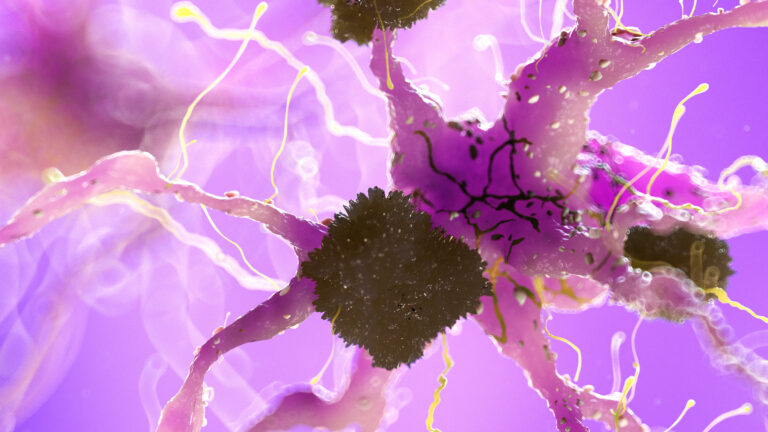MRI scans can detect certain changes in the brain associated with rare forms of dementia, but their ability to identify these conditions varies depending on the type of dementia and the specific brain changes involved. Advanced MRI techniques are increasingly useful in detecting structural and biochemical abnormalities that may indicate rare dementias, although they are often used alongside other diagnostic tools for a comprehensive evaluation.
Dementia is a broad term for a group of brain disorders that cause progressive cognitive decline. While Alzheimer’s disease is the most common form, there are many rare types of dementia, such as frontotemporal dementia (FTD), Lewy body dementia (LBD), and others linked to unusual genetic mutations or protein accumulations. These rare dementias often have distinct patterns of brain damage that can sometimes be visualized with MRI.
Traditional MRI scans provide detailed images of brain anatomy, allowing doctors to see atrophy (shrinkage) in specific brain regions. For example, in behavioral-variant frontotemporal dementia (bvFTD), MRI often shows atrophy in the frontal and temporal lobes, which are areas involved in personality, behavior, and language. Detecting this pattern helps differentiate bvFTD from Alzheimer’s disease, which typically affects the hippocampus and other parts of the temporal lobe first.
Beyond structural imaging, newer MRI techniques can detect subtle changes in brain tissue composition and chemistry. One such method is quantitative susceptibility mapping (QSM), which measures iron levels in different brain regions. Elevated brain iron has been linked to neurodegeneration and cognitive decline. This technique can potentially predict early cognitive impairment before symptoms appear, offering a window into the progression of diseases like Alzheimer’s and possibly other dementias.
In rare dementias like Lewy body dementia, MRI may show less pronounced atrophy than in Alzheimer’s but can reveal changes in brain regions involved in movement and cognition. However, MRI alone often cannot definitively diagnose LBD because its hallmark features—Lewy bodies—are microscopic protein deposits not visible on standard MRI. Instead, MRI helps rule out other causes and supports diagnosis when combined with clinical symptoms and other tests.
Some rare genetic forms of dementia involve mutations that affect brain structure or function in ways that MRI can detect. For example, certain mutations linked to frontotemporal lobar degeneration may cause characteristic patterns of brain atrophy visible on MRI. Researchers are also exploring how MRI can detect early biochemical changes, such as abnormal protein accumulations or disruptions in brain iron metabolism, which could improve early diagnosis.
Despite these advances, MRI has limitations. It cannot directly visualize the abnormal proteins like amyloid or tau that accumulate in many dementias. For these, positron emission tomography (PET) scans are more sensitive, as they use radioactive tracers that bind to these proteins. PET scans can distinguish between Alzheimer’s, frontotemporal dementia, Lewy body dementia, and vascular dementia by showing different patterns of protein buildup and brain activity.
In clinical practice, MRI is often the first imaging test used because it is widely available, noninvasive, and does not involve radiation. It helps exclude other causes of cognitive decline, such as tumors, strokes, or infections. When rare dementias are suspected, MRI findings are combined with clinical assessments, cognitive testing, genetic testing, and sometimes PET scans or cerebrospinal fluid analysis to reach a diagnosis.
In summary, MRI scans play a crucial role in detecting brain changes associated with rare forms of dementia by revealing patterns of brain atrophy and, with advanced techniques, biochemical alterations like iron accumulation. While MRI alone cannot definitively diagnose all rare dementias, it provides essential information that, together with other diagnostic tools, helps identify these complex conditions earlier and more accurately. Ongoing research into advanced MRI methods promises to enhance the detection and understanding of rare dementias in the future.





